Damaging earthquakes could strike nearly 75 percent of the U.S, new research from the U.S. Geological Survey (USGS) found.
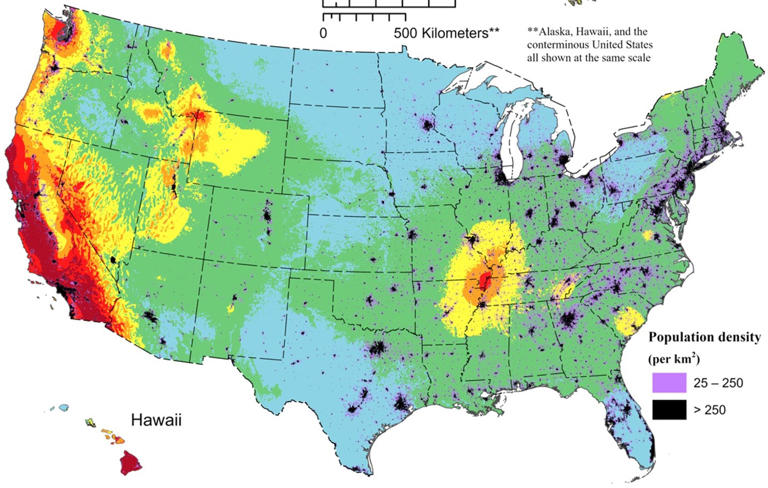
Scientists using the USGS National Seismic Hazard Model,created a color-coded map, labeling where dangerous earthquakes could occur in the country. The map is based on historical data and seismic studies of the areas and was updated from the last version published in 2018.
California was identified as being particularly at risk of damaging shaking. However, this is no surprise as the state lies on the San Andreas Fault system, which causes movement that triggers around 10,000 quakes to the south of the state every year. Many of these earthquakes are so small they are not felt.
More noteworthy changes occurred along the Atlantic Coastal corridor which includes Washington D.C, New York, Boston and Philadelphia, the study reported. Scientists noted that damaging earthquakes were all possible in these areas. There is also a chance for damaging shaking in Alaska, the study reported.
There is also a “greater potential for shaking” in Hawaii due to its abundance of volcanic activity.
“We find that the shaking levels were larger in many regions than we had forecasted in our previous model (e.g., Alaska, Hawaii, western, southern, and eastern coastal regions of the country),” Mark Petersen, USGS geophysicist and lead author of the study, told Newsweek. “As we examine recent damaging U.S. and international earthquakes and effects, we have developed new models that allow for more complex earthquake ruptures and consider more extensive ground shaking and effects.”
The main aim of this updated map is to flag areas that need to be prepared for potentially damaging quakes which puts millions of people across the U.S. at risk.
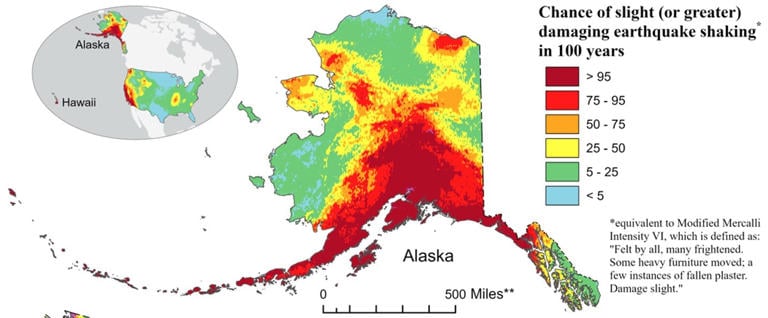
In the last two centuries, 37 states have seen an abundance of magnitude 5 earthquakes, according to the study. Areas that are more susceptible to strong quakes need to consider this map in future building projects. California, for example, has already made many of its buildings earthquake-resistant. There is, however, still a risk to older buildings that could be severely damaged if a strong earthquake were to occur.
Earthquakes remain incredibly difficult to predict. This is because there is very little pattern associated with them, and when they occur. The energy that builds up to the clashing of tectonic plates also builds up over a prolonged period. What scientists do know is that some fault systems are more stressed than others.
“Earthquake prediction has been an ongoing priority over the past several decades within the earthquake science community. Sometimes large earthquakes are preceded by foreshocks and other evidence,” Petersen said. “However, this is not universally true and earthquake prediction has proven to be very difficult.”
“Instead we now focus on earthquake forecasts like the one that we released today. These models depend on historic earthquakes, fault studies, and ground shaking assessments. These models do not predict earthquakes but forecast where earthquakes are more likely to occur, the frequency and magnitudes of potential earthquakes across the U.S., and the levels of shaking that we expect. These results can be applied in building codes, risk assessments, insurance, and public policy planning documents that should provide better information for making earthquake mitigation and planning decisions.”
The San Andreas fault, for example, is the border section between two tectonic plates that remain relatively static over time. As they remain still, huge pressures build up over time. Scientists have noted that multiple segments of the fault are significantly stressed, meaning a huge earthquake may be long overdue. But when this may occur remains difficult to predict.
By investigating faults and past quakes, however, scientists “can better assess the likelihood of future earthquakes and how intense their shaking might be,” according to the summary of the research. This gives the U.S. the resources it needs to prepare for any future large quakes.
Hey friends, it’s time to wake up!
If a few more people choose to support my work, I could expose more lies, root out more corruption, and call out more hypocrites. So, if you can afford it, please support my endeavor by either using PAYPAL or the DonorBox below (PAYPAL & Credit Cards / Debit Cards accepted)…
If you are a crypto fanatic, I do now accept crypto donations:
BTC: 1AjhUJM6cy8yr2UrT67iGYWLQNmhr3cHef (Network: Bitcoin) USDT: 0x490fe5d79d044a11c66c013e5b71305af0a76c1b (Network: Etherum ERC20)
You should join my newsletter to get a daily compilation of different breaking news, pictures and videos… YOU WILL LOVE IT!
Thank you,
Manuel





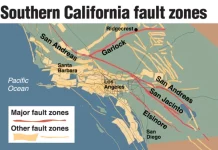
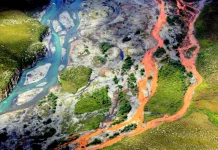
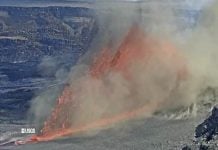


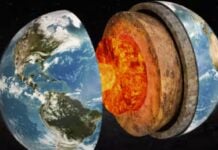


The Madrid will affect the majority of the US. Read about the 1811-12 quake…the Boston Commons Church bell rand during the quake.😁☠️